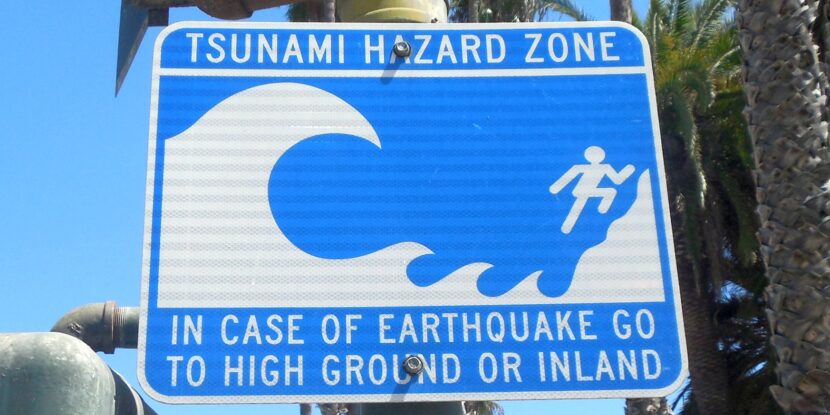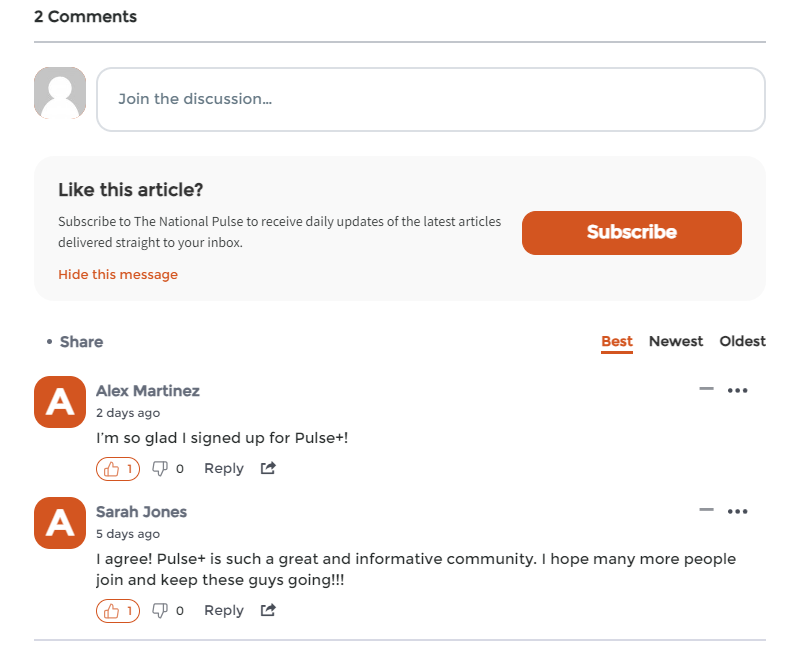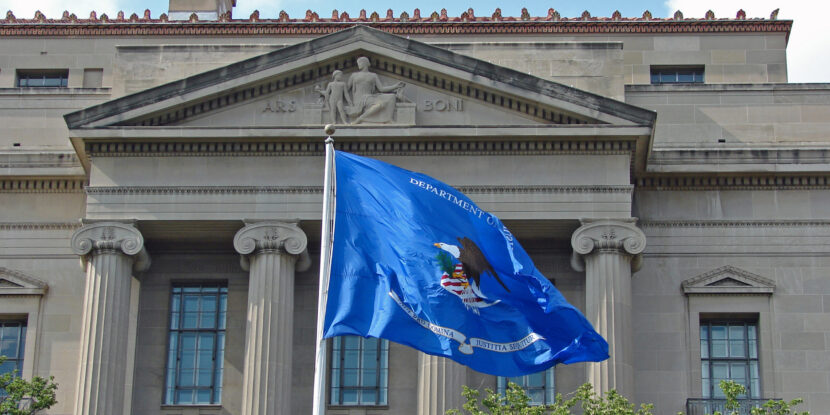❓WHAT HAPPENED: The Cascadia Subduction Zone could be building toward a significant seismic event capable of producing a magnitude 9.0 earthquake and 100-foot-high tsunami along the Pacific Northwest coast of the United States and Canada.
👤WHO WAS INVOLVED: Residents of the Pacific Northwest, seismologists, and the Federal Emergency Management Agency (FEMA).
📍WHEN & WHERE: The U.S. National Seismic Hazard Model currently estimates there is a 15 percent chance of a magnitude 8.0 or higher earthquake in the Cascadia Subduction Zone in the next 50 years. The last major event occurred on January 26, 1700.
🎯IMPACT: A major earthquake in the zone could result in nearly 6,000 fatalities, with a subsequent tsunami claiming another 8,000. Additionally, the seismic event could leave well over 100,000 people injured and half a million buildings destroyed—with a total economic cost of over $100 billion.
The Pacific Northwest could be living on borrowed time, with the Cascadia Subduction Zone having remained geologically quiet for well over three centuries. However, the zone—which is actually an extensive fault line where the Pacific Ocean‘s Juan de Fuca Plate is being pushed under the North American Plate—has been building up pressure for decades as the oceanic tectonic plate grinds under the continental plate, and if that pressure is released, it could cause a catastrophic earthquake and subsequent tsunami.
Seismologists believe the Cascadia Subduction Zone can, if enough pressure has built up, produce devastating earthquakes registering a magnitude of 9.0 or even higher. Geological evidence and historical accounts suggest these major seismic events only occur every 400 to 500 years—with the last major earthquake generated by the zone believed to have had a magnitude between 8.7 and 9.2 and occurring on January 26, 1700.
Despite being on the lower end of what is believed to be the historical intervals of severe earthquakes, the U.S. National Seismic Hazard Model currently estimates there is a 15 percent chance of a magnitude 8.0 or higher earthquake in the Cascadia Subduction Zone in the next 50 years. Such an event could produce a tsunami wave of over 100 feet in height, which would crash ashore from Northern California to Canada shortly after the earthquake.
The Federal Emergency Management Agency (FEMA) believes a major earthquake in the zone would result in nearly 6,000 fatalities, with a subsequent tsunami claiming another 8,000. Additionally, the seismic event could leave well over 100,000 people injured and half a million buildings destroyed—with a total economic cost of over $100 billion.
Meanwhile, the geography of the Pacific Northwest would likely be drastically altered as well, with large swaths of coastline sinking into the ocean and major estuaries flooding inland. However, despite the inevitable destruction, a major Cascadia Subduction Zone event happening sooner rather than later could be the lesser of two evils, as the longer the seismic pressure builds, the more destructive the earthquake and tsunami are likely to be.
Join Pulse+ to comment below, and receive exclusive e-mail analyses.



















